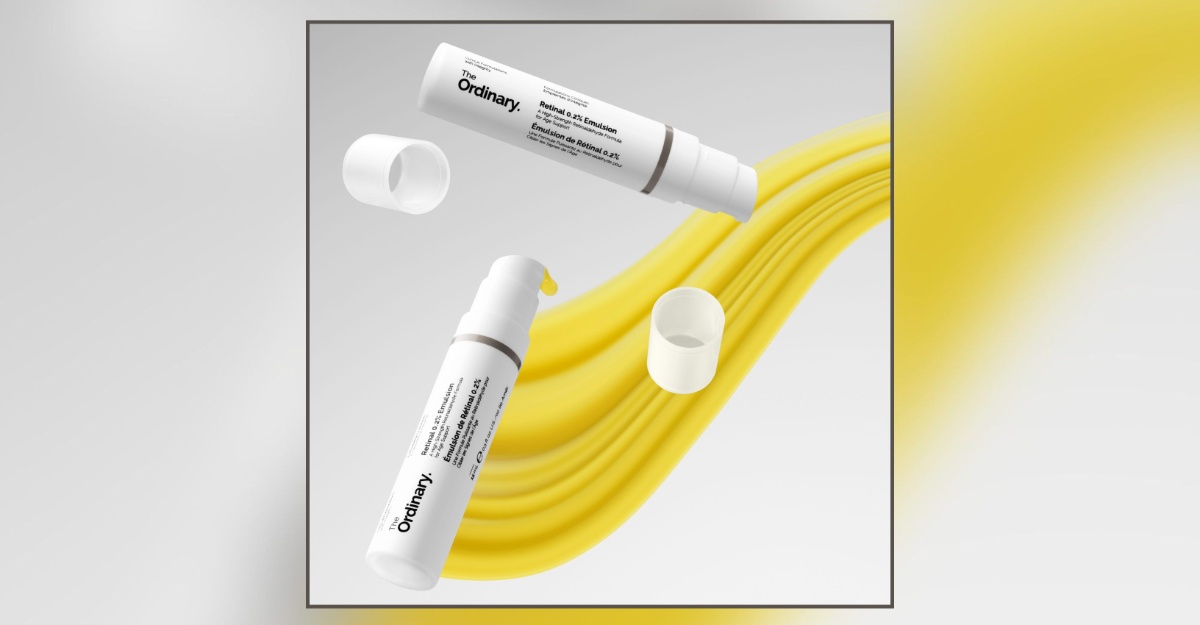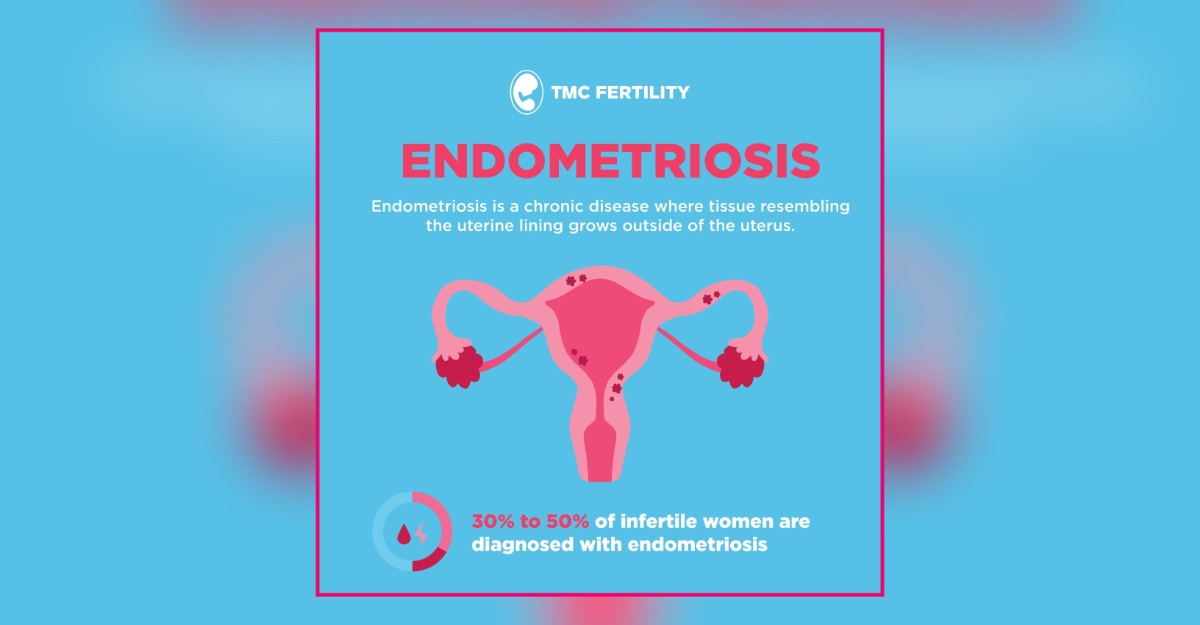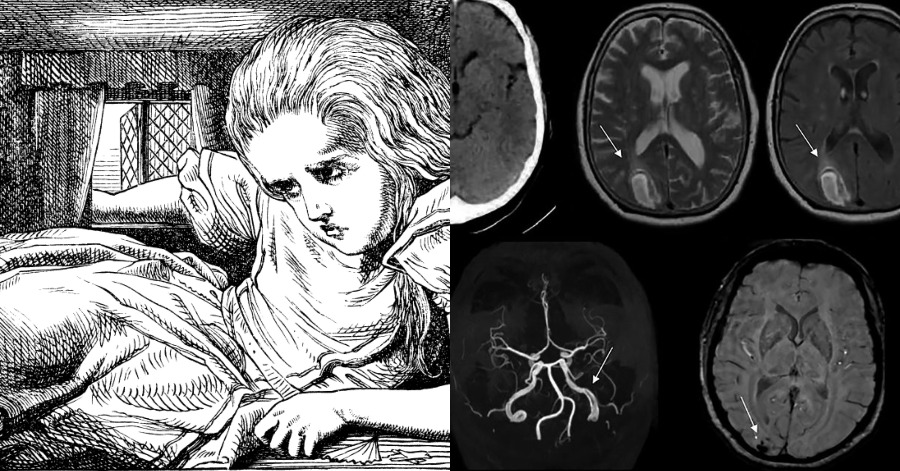Consider yourself alone at home and when you turn to look outside, you notice a huge cat in the garden with a pink face and orange ears. Your head hurts, and you lose control of your limbs, collapsing to the ground. What exactly is going on?
Alice in Wonderland syndrome is named after Lewis Carroll’s famous 19th-century classic Alice’s Adventures in Wonderland. If you haven’t read it or watched one of the many films based on it, the protagonist, Alice, goes through a lot of strange experiences. One of these abilities is the ability to see objects as larger or smaller than they are.

Picture: Neurology Live
You may wonder if there is such thing called Alice in Wonderland syndrome but that’s okay. It’s understandable if you’ve never heard of Alice in Wonderland syndrome (AIWS). This neurological disorder is so uncommon that some neurologists — even those who specialize in the diseases it frequently occurs with, such as migraine and epilepsy — can see patients for decades and never come across it.
These occurrences aren’t caused by vision impairment or a delusion. Changes in how your brain sees the surroundings and how your body appears to cause them. Children and young people are the most vulnerable to AIWS. Although most people grow out of their skewed perceptions as they become older, it is still possible to have this experience as an adult.
If you’re wondering how it feels like having the AIWS, here’s 5 interesting facts about it.
1. Things appear bigger or smaller than they actually are

Picture: Science ABC
In some circumstances, it’s not simply an external object that appears to alter size; patients with Alice in Wonderland syndrome may have erroneous perceptions of their own body parts, making them appear considerably larger or smaller.
The sense that your body or the items around you are shrinking is known as micropsia. The sense that your body or the items around you are growing larger is known as macropsia. Both of these things happen frequently during an episode of AIWS.
2. Lewis Caroll himself experienced AIWS

Picture: Britannica
Alice’s Adventures in Wonderland was written by Lewis Carroll, and it’s probable that his own migraine experience impacted his writing. Alice finds a bottle labeled “Drink me” in the book, and when she drinks it, she shrinks to less than a foot tall. She eats a cake almost quickly afterward, which causes her to grow extremely tall till her head meets the ceiling. It’s been suggested that he may have had his own version of Alice in Wonderland syndrome, which could explain some of the strange elements in those stories.
3. Experts aren’t sure about the causes of AIWS

Picture: Medical News Today
It’s unclear what causes AIWS, but doctors are working to figure it out. They are aware that AIWS is not an eye problem, a delusion, or a mental or neurological disorder. Researchers believe that irregular blood flow to the areas of the brain that analyze your environment and experience visual perception is caused by aberrant electrical activity in the brain. Stress, cough medicine, hallucinogenic substances, brain tumors, and epilepsy are all plausible causes, however, further research is needed.
4. Rare but can be diagnosed

Picture: Medical News Today
Because Alice in Wonderland syndrome is so uncommon, many professionals may never see it in their lives. However, while specialists agree that it is uncommon, the overall prevalence is unknown. There are some ways to diagnose AIWS such as MRI scans, blood tests, and electroencephalography (EEG). The lack of diagnosis could also be due to some people’s aversion to discussing their symptoms for fear of being misdiagnosed as hallucinating or suffering from a mental condition.
5. Treatment

Picture: Venner Shipley
There is no cure for AIWS. If you or your child is experiencing symptoms, the best thing you can do is rest and wait for them to go away. It’s also crucial to persuade yourself or a loved one that the symptoms aren’t life-threatening.
However, treating the underlying cause of AIWS episodes, as determined by you and your doctor, may help you avoid an episode. For instance, if AIWS symptoms is a migraine, then treating the migraines will prevent further episodes or if its a seizure, then treating that seizure will be helpful.
The symptoms aren’t hazardous, but they can be disconcerting. They’re also not a symptom of something more serious. AIWS episodes can occur multiple times a day for several days in a row, and then you may go weeks or months without experiencing symptoms. Over time, you’ll probably notice fewer symptoms. When you reach early adulthood, the syndrome may go away completely.
Sources: Healthline, Everyday Health






















